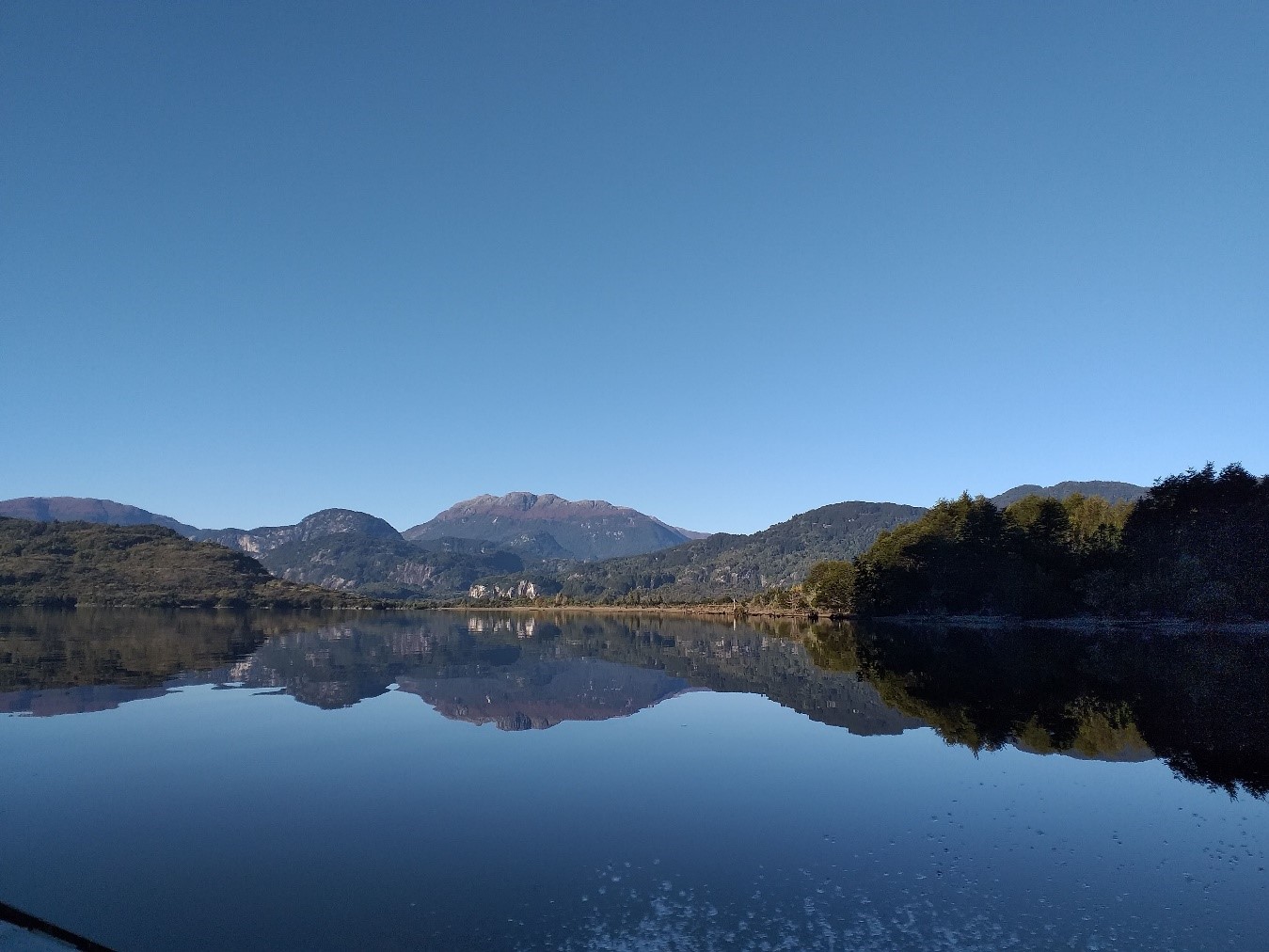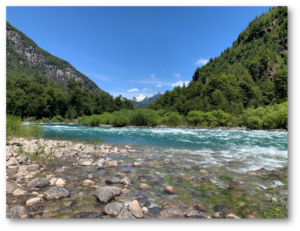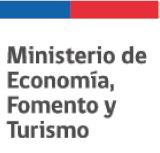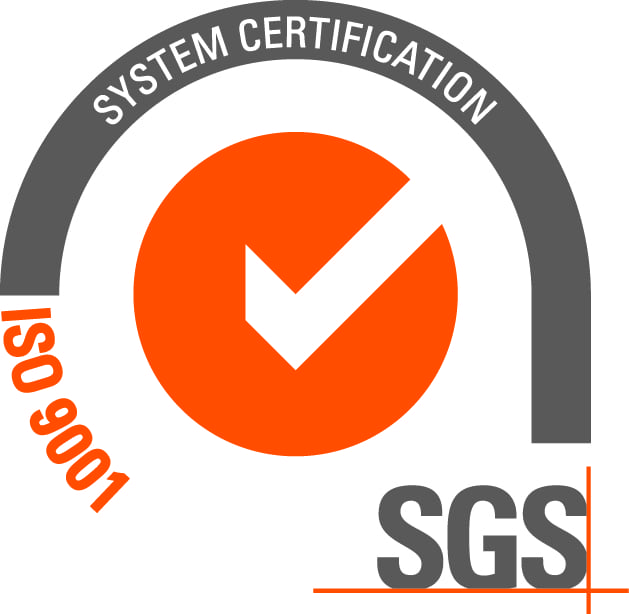
 Researchers from the Fisheries Development Institute, to commemorate World Water Day, gathered for an online workshop entitled: Freshwater in Chile: How do public monitoring contribute to the management of human activities? This workshop sought to highlight the importance of freshwater in our lives and to highlight the country’s need for environmental monitoring to understand, classify, assess, and sustainably manage activities carried out in continental aquatic systems.
Researchers from the Fisheries Development Institute, to commemorate World Water Day, gathered for an online workshop entitled: Freshwater in Chile: How do public monitoring contribute to the management of human activities? This workshop sought to highlight the importance of freshwater in our lives and to highlight the country’s need for environmental monitoring to understand, classify, assess, and sustainably manage activities carried out in continental aquatic systems.
To kick off the workshop, Gastón Vidal Santana, head of the Aquaculture Division, gave the opening remarks, inviting everyone to raise awareness about the importance of freshwater as a limited resource, essential for life, and above all, because we must manage it sustainably. He addressed freshwater management, emphasizing the need for a sustainable approach to the influence of human activity on water quality. This year, the theme was “Let’s save our glaciers.” The seminar began with a talk by researcher Cristian Ruiz Soto, whose presentation “A look at Patagonian glaciology.” He showed how glaciers were formed and how they are classified. He explained how the glaciers we see today in Patagonia are remnants of the last glaciation, which occurred approximately 12,000 years ago. They are crucial in providing freshwater to the Patagonian channel system and have significant effects on estuarine circulation.
Afterwards, researcher Carolina Rösner Oyarzo, with her presentation “Discussing the importance of safeguarding the health of lakes,” urged the audience to reflect on the management and sustainable use of water, emphasizing that the cost of restoration is greater than the cost of monitoring and management. He outlined some of the main environmental problems facing lake systems, such as pollution, eutrophication, drought, harmful algal blooms, overexploitation of water resources, and climate change. She presented the background of the study program “Evaluation of the Environmental Status of Lakes Used for Aquaculture Activities in Southern Chile,” which has allowed for the identification of sources of nutrient input to the lakes, highlighting the influence of human activity on water quality. She also addressed the status of environmental quality standards in Chile, emphasizing the need for scientific studies and inter-institutional collaboration to address pollution and improve water resource management. She urged the implementation of environmentally sustainable production practices and improved management of nutrient inputs to the lake.
Then, researcher Claudia Pérez Sáez gave the presentation “Cyanobacteria in Chiloé: A Risk to the Health of Our Lakes.” She explained in detail the specific characteristics of cyanobacteria, their morphological and physiological characteristics that allow them to be a highly cosmopolitan group and strong competitors for resources in the aquatic environment. They can generate algal blooms, which not only produce a high algal biomass, but also Potentially toxic. The toxins produced by cyanobacteria can cause skin, respiratory, cytotoxic, liver, and neurological problems, among others, which can lead to problems in the aquatic environment and human health. Therefore, it is very important to conduct studies and take action to control and manage cyanobacteria algal blooms in freshwater. This is a clear and recurring problem for the lakes of Chiloé and other freshwater systems in the country, such as Lake Villarrica.
Alejandra Oyanedel Pérez, Chief Researcher of the Department of Environment, then presented “Aquatic Invasive Species: Biosecurity and Tourism in Southern Chile.” She explained how invasive species are capable of modifying aquatic habitats and interfering with the ecosystem services provided by rivers and lakes. Based on the information gathered by the Monitoring, Prospecting, and Research Program for the Pest Species Didymosphenia geminata in River and Lake Ecosystems in Central, Southern, and Austral Chile, the research team explained in detail the location of the freshwater microalgae declared a pest in Chile, D. geminata, colloquially known as Didymo (rock slime), which would produce negative effects on activities such as tourism, specifically recreational fishing. The urgent need to clean and disinfect equipment used in recreational and research activities to prevent the spread of Didymo and other invasive species was also highlighted.
Finally, researcher Carlos Velásquez Gallardo, with his presentation “River Shrimp: Why Protect Them? Experiences from the Choapa to Maullín Basins,” showed how shrimp are fundamental species in the structure of their habitat. Thanks to their omnivorous, detritivorous lifestyle, migratory behavior, and intermediate position in the food chain, these shrimp act as recyclers and regulators of water quality in the face of environmental degradation. They are a food source for endemic native species and support local fishing and gastronomic activities. They act as indicators of the ecological health of rivers. This knowledge can be used for water management with a focus on biological conservation. This study emphasizes that work can be better planned by considering socio-ecological criteria and by observing the basin and water scarcity as a common theme that requires collaboration among the social actors in the system. The river shrimp is classified as an “umbrella” species, since its protection entails the protection of its habitat, highlighting the importance of its conservation and management.
Finally, Nicole Pesse Lastra, a researcher who moderated the activity, emphasized the importance of public monitoring systems that provide strategic and reliable information to sectoral authorities for decision-making, thus enabling standardized and comparable data over time, which is critical for the integrated management of aquatic ecosystems. It is important to highlight the importance of having an informed community that implements best management practices and encourages the development of human capital for the study and management of water. Having water for the future is everyone’s responsibility.
Press related links:




